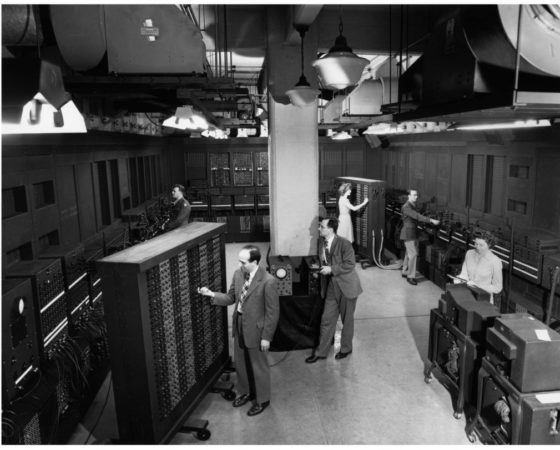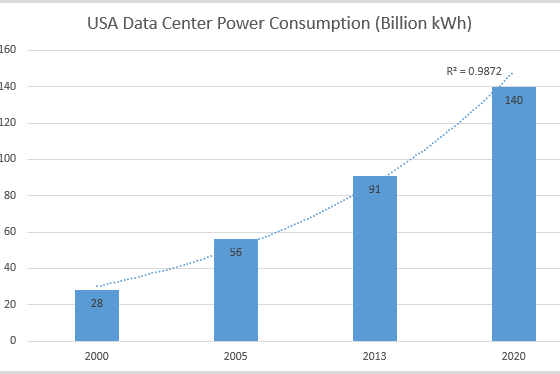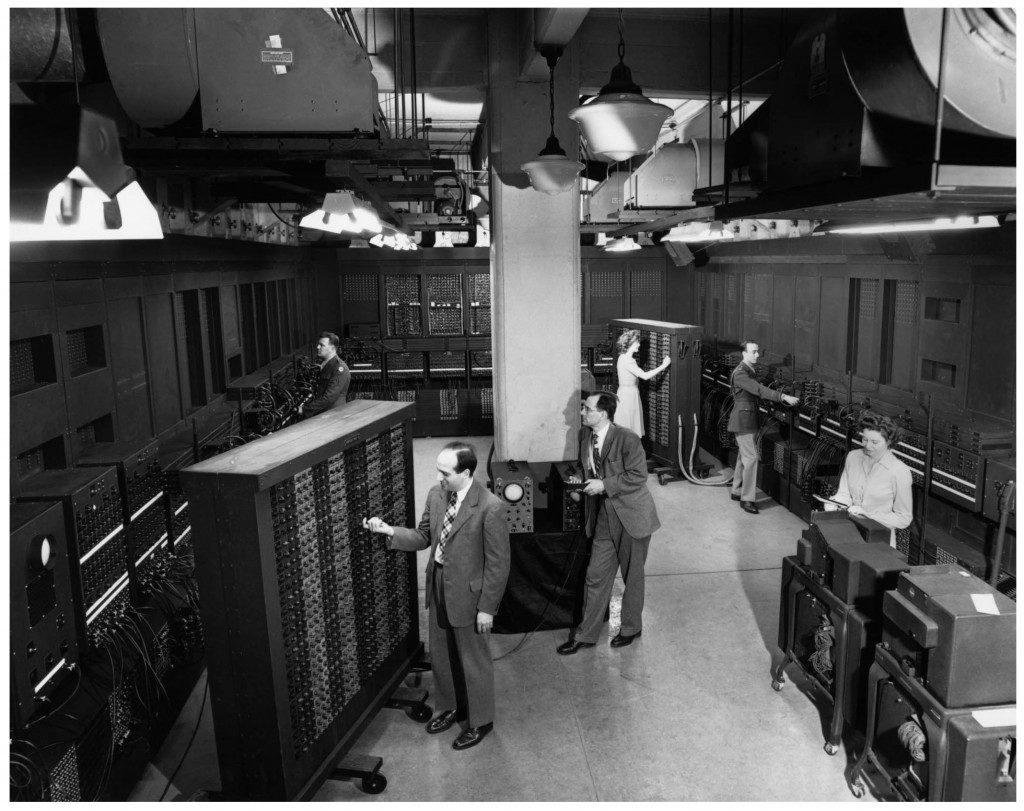Bridging the gap between IoT and Asset Management
By Sean Gately
Data centers have come a long way since their birth out of the necessity to house large Electronic Numerical Computers in the tracking of artillery for the United States Army.
The need to isolate and care for complex electronic equipment and wiring is as entrenched into the data center’s DNA as the need to monitor and analyze this complex and expensive equipment, so much so that innovation within data centers has been one of the core tenets of data center management since the beginning.
This push for innovation has only increased since the Microcomputer explosion in the early 1980s, as personal computers became normalized in the business environment the need to create a process in which to manage these new assets became increasingly important, founding the creation of dedicated Information technology teams and the very beginnings of data center infrastructure management practices (DCIM). 
As servers came on board to help manage application and information sharing, coupled with the software industries push for Client-server based applications, data centers became increasingly more important as networking and sharing resources to prevent outages, keep workers productive, and deploy innovation. Workers moved away from independent client software which was constantly at risk of information loss to a shared data model which and moved resources into a centralized and safer structure.
This new direction created a need for larger electrical facility systems to power the growing ecosystem of critical equipment, as well as dedicated computer room devices such as air conditioners, centralized power distribution units and new architecture to keep the machines cool and running efficiently.
Facilities and there supplying vendors needed ways to stitch together a diverse set of machinery whose purpose was to keep operations up and running, so the innovation of computer-based control systems was created to help facilities and IT operate and control a diverse interconnected system.
This centralized networked connectivity and data sharing began to shape the process of the modernized data center which also required organizations to rethink their strategy on systems management, and how they would deploy, analyze and manage such a diverse and important ecosystem and the data created from it.
Much of this groundwork was only intensified as the dotcom boom moved toward a software-as-a-service offering, pushing the drive for larger data centers that could reliably store and manage more physical assets which were in control of an ever-increasing scale of responsibility. This scale of responsibility became massively more important as more critical operation systems became centralized and traditional installed customer software and services became hosted, utilizing much of the same equipment and facilities isolated for internal use.
 The need to now have machines intercommunicate to relay operational information was at the core of modern Data Center Infrastructure Management. Data Centers throw off enough power to power a small town, and with doing so incur amazing costs and risks for failure. DCIM lead the way for software to help the organization see, for the first time, their entire operational deployment of the data center. With doing so companies were able to reduce power costs while ingesting key information of the Data Center holistically to prevent outages and maximize operational efficiencies. Being able to see device location while monitoring internal operation data was a benefit, being able to monitor all equipment for cost-saving efficiencies and prevent outages before they happened was a game changer.
The need to now have machines intercommunicate to relay operational information was at the core of modern Data Center Infrastructure Management. Data Centers throw off enough power to power a small town, and with doing so incur amazing costs and risks for failure. DCIM lead the way for software to help the organization see, for the first time, their entire operational deployment of the data center. With doing so companies were able to reduce power costs while ingesting key information of the Data Center holistically to prevent outages and maximize operational efficiencies. Being able to see device location while monitoring internal operation data was a benefit, being able to monitor all equipment for cost-saving efficiencies and prevent outages before they happened was a game changer.
Continued, In an IoT World




